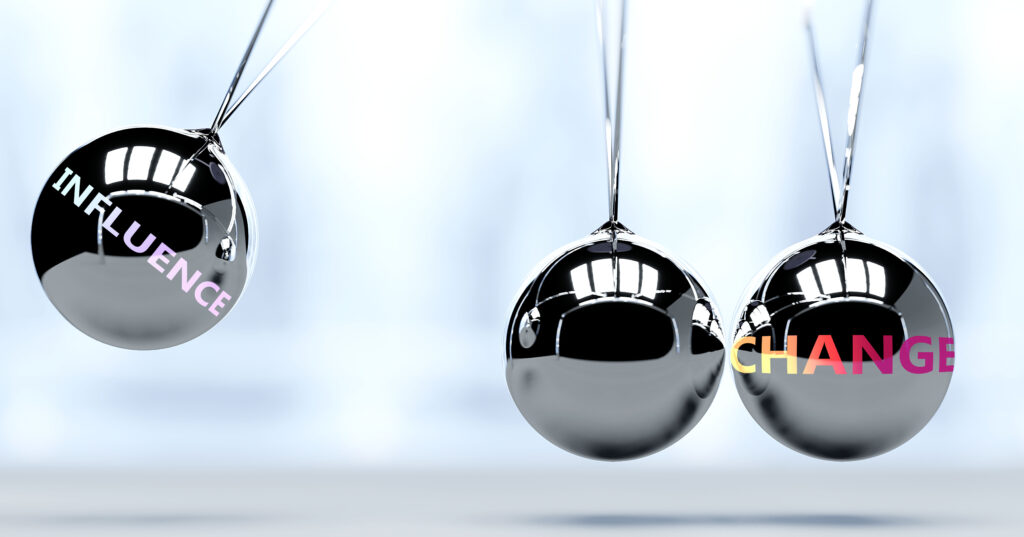
A key lesson that I have learned is that the easiest way to change how we respond to things or people we encounter is to have a system in place to help us.
Frustration grows when it seems like someone or something pushes our buttons every time. That trigger will continue to plague us until we change it. While it’s great when we can do that just by choosing to make that change, the reality is that it’s rarely that simple.
My experience has been that it really comes down to sleuthing, solving the mystery, and evaluating vs. judging. You see, that’s where I found the real issue. We can get so busy judging ourselves for our reactions that we don’t allow ourselves the opportunity to understand them. When we understand them, we are equipped to change them in a meaningful and sustainable way.
What you give meaning to is what causes your emotion. Before you react know why you are giving something so much energy or fear. When you begin to understand why you give things meaning you can begin to change how you react and why you do what you do. ~Shannon L. Alder
There are five key investigation tools to use that will help you master the art of reaction every time. Using the word REACT, let’s break them down.
R – Recognition
This is the first step: Simply recognizing it’s happening and taking responsibility for it. Just by asking ourselves if, in fact, we are reacting, we start a valuable chain reaction shift. We are taking responsibility for our side of the equation.
E – Emotion
Emotions are wonderful. They are part of what makes life such an exquisite experience. But they can also derail us when they trigger a response. In my early training as an executive coach, we broke this down into another acronym—FLAGS. We used that acronym to identify the dominant emotion in our response: Fear, Love, Anger, Guilt, or Sadness.
Once we can pinpoint the emotion involved, we can begin to determine the core response and put productive measures in place to handle it. If the trigger brings up guilt, for example, that’s very different from fear in terms of the next steps. But in both cases, the initial recognition of the emotion will lead us to the next right questions.
A – Attitude
What did you expect? Where are your sensitivities? Many years ago, when I was really struggling to communicate with a fellow executive, I had a conversation with a trusted friend and mentor. He suggested that my sensitivities were high and that I was expecting a certain action and so that is what I saw. My attitude was a conditioning agent. I had to first be open to a positive exchange before one could happen. Being candid with ourselves about our expectations and attitude toward a person or situation is a critical part of our excavation for our solution.
C – Context
This was perhaps the most important element for me in a number of situations. Has someone ever asked you what a word meant and you weren’t certain or there were several possibilities? What do you normally ask them to do? I suspect it might be to ask them to use it in a sentence to help you better understand what it might mean. The context of anything is the ultimate lens for deciphering its meaning. What else is going on? Is it related? Not related? Is it influencing? One example might be that you’ve had a pretty long day, and you’re physically exhausted. You’re tired. Does that seem to be a factor in some cases? Or perhaps there was an incident just prior that left some unresolved emotions that are spilling over.
T – Truth
What do you know to be true? This is an essential question because it allows us to get to the taproot of the situation quickly. When we remove assumptions or at least recognize them for what they are, we’re clearing judgments and other potential mental or emotional clutter when reviewing our next steps.
R-E-A-C-T
RECOGNIZE what is happening;
Identify the dominant EMOTION;
Check your ATTITUDE coming into the situation;
Consider the CONTEXT of the situation, and,
Focus on what is TRUE.
That’s the process. That’s the system. Like anything regarding our personal framework, it’s also a skill. This can be your most effective system for productive personal change.
As a final note, remember that as we change ourselves, we are also creating the opportunity to change other people’s perspectives of us. That’s especially true for those where we have influence, but it’s not limited there. When we employ this skill, we can inspire others to do the same. It creates a positive and constructive chain reaction.
Live (react) today like you want tomorrow to be. Live (react) well.


